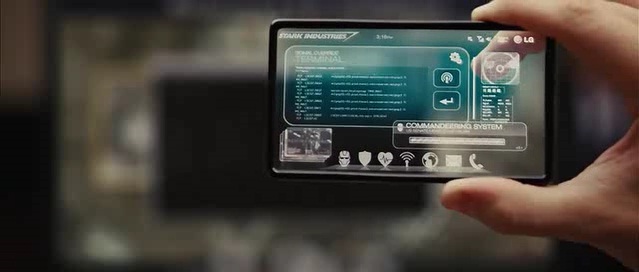1. Cloud
Enough has been said and shown about this already - various cloud services + services like OnLive, the emerging DIDO wireless will all contribute towards the ubiquity of cloud based services. The implications of this are huge as it relates to new hardware - console (and all other forms of) games on the cloud rather than consoles in the living room, death of the desktop, etc, etc. As bandwidth continues to rise and latency continues to drop - companies will start to offer, and then start to transition software in the cloud - Photoshop, AutoCAD, etc - all these popular creator tools, doubly justified by drops in piracy rates. In due time, the 'Cloud' will be the ubiquitous user based OS - what everything runs on is concealed and hidden to the user, and rightfully so.
2. Kinect
Or rather camera based motion tracking. Its use can and will be supplemented by traditional tactile inputs like the keyboard and mouse and gamepads - but as the technology continues to develop; not just the camera sensitivity, allowing for fast and accurate tracking of fine details; facial expressions and quick finger and hand gestures, but also the API that will reduce the workload of all developers required to utilize powerful gesture based computing.
The use of kinect is kind of gimmicky in the current paradigm of computing, but when the other half of the equation (Head mounted displays) comes to play, it'll be the main game in town. 2D inputs like the keyboard, mouse and touchscreen will be completely outmoded.
3. HMDs
The Sony HMZ-T1 is the first of a new wave of head mounted displays - it's probably the first consumer level HMD that's ticked the right combination of boxes - including providing image quality that is beyond what can be achieved with traditional displays.
While it doesn't come with head tracking tech - either Sony or other companies are sure to follow suit with such devices that can match the quality of the display tech.
The ideal is a headset of reasonable weight and slimness that is able to cover a large field of vision, while allowing camera (or simply light) streams of the outside world through - to create a full field of vision, 3D, virtual/augmented reality display.
With such a device - the functions of all other 2D displays, from flexible OLED papers to E-Ink to Front projectors to LCD screens are superseded. Why do you need them when you're always wearing something superior? Especially when you combine it with a voice and kinect based input setup.
4. Cheap chips
Chips, cheap as piss, embedded into every-fucking-thing, with the HMD that you're now using serving as their display. Embed them into your light switches - lets you control not just on and off, but dimmer, colour, timer, and profiles that adjust based on the time of day, or the mood. Put them into your front door lock; lets you control who it'll let in and when, put them into your exercise chairs - chair adjusts settings based on the user.
Put them into bags of chips - for shop keeping inventory purposes; and to allow recycling centres to sort everything from everything in an automated manner.
5. Conclusion
The real trick to guessing what's coming in the future is figuring out the interactions and crossovers that will occur. Devices don't emerge in a vacuum - they emerge into a technological ecosystem, where the function, utility and costs of software and devices in one area can act synergistically with software and devices in another.



